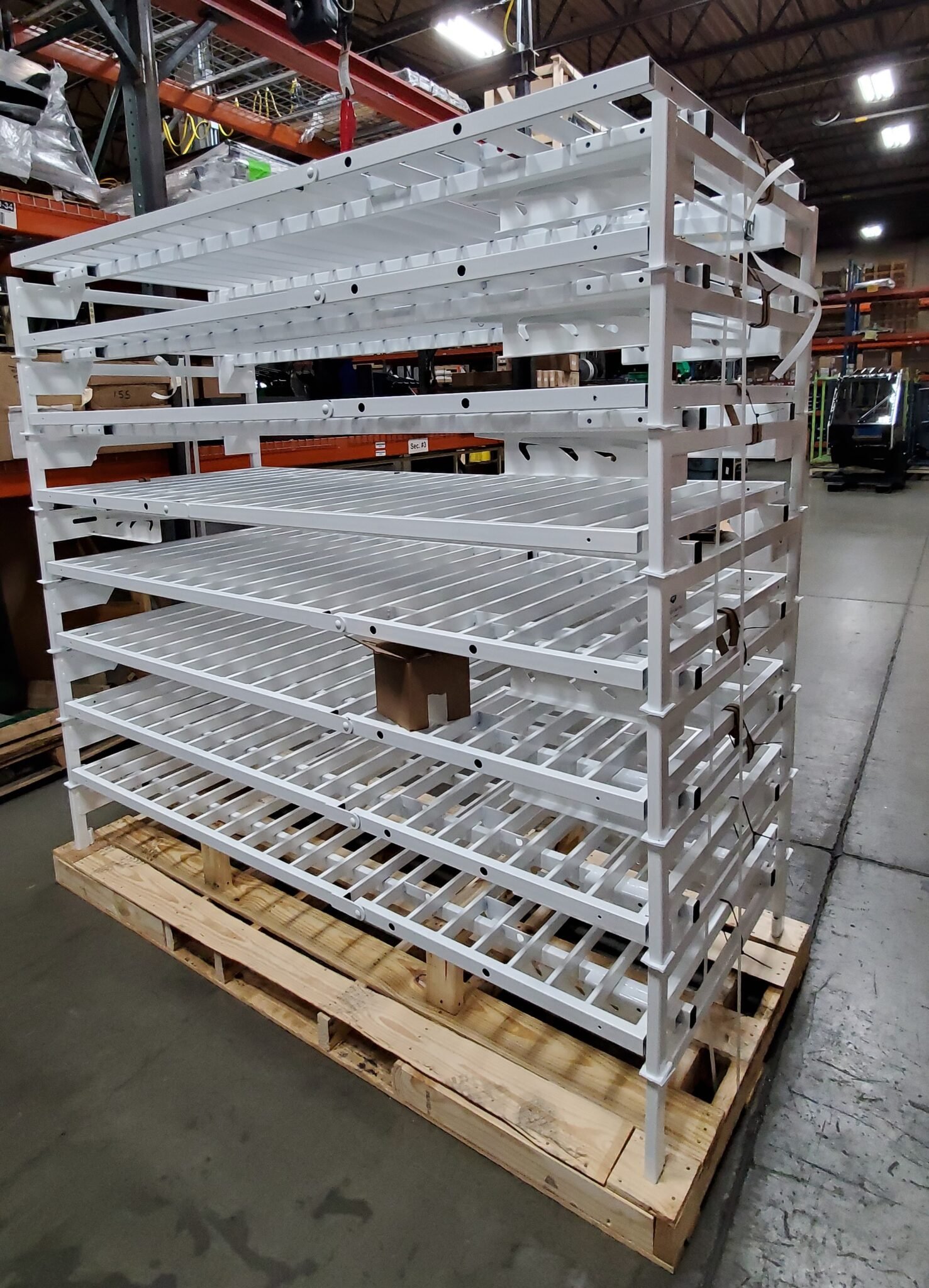FROM CONCEPT TO MANUFACTURING: HOW THE BEDS WERE MADE
CIT Inc. took an idea, adapted an idea and manufactured that idea in two weeks. They didn’t even have a design when they began.
Direct Supply came to CIT with a concept for a versatile, portable hospital bed to accommodate the overflow of patients in the coronavirus crisis. There wasn’t an image. There wasn’t a sketch. Just an idea. It was CIT’s duty to turn that idea into a design and make magic happen.
The process began with the Sales Team. They set up Zoom calls to review ideas and specifications until there was firm grasp of the product expectation. The Engineering Team joined these calls so that they knew what to expect when the design was handed to them. Once CIT had finally drawn up a design based on the concept, CIT Engineers worked with Direct Supple Engineers to develop the plan.
All the teams worked together and communicated often so that they could move the product to manufacturing in record time.
That weekend, Engineering worked around the clock. They were always on call to answer questions. They had one task at hand that weekend – to make the hospital bed concept a reality. When the product was complete, the Estimating Team finished up with the pricing. But these dedicated workers weren’t finished yet. Once the bed was complete, the process started over again for the development of the side assist rails and head/foot board brackets.
As soon as design, engineering and pricing were finished for all parts of the bed, CIT immediately produced a prototype for product testing. The documented testing was completed in one day and then, at last, the product was released for manufacturing.
During development, team members from all departments stopped by the robotic welders to see the action. When the first beds were facing inspection, team members gathered around to show their pride in what they’d just accomplished. They realized that they’d done it. They’d been involved in something that would be a crucial helping hand to recovering coronavirus victims.
The process from concept to manufacturing might have been intense, but the reward – knowing that they’d made a difference – was worth it.

